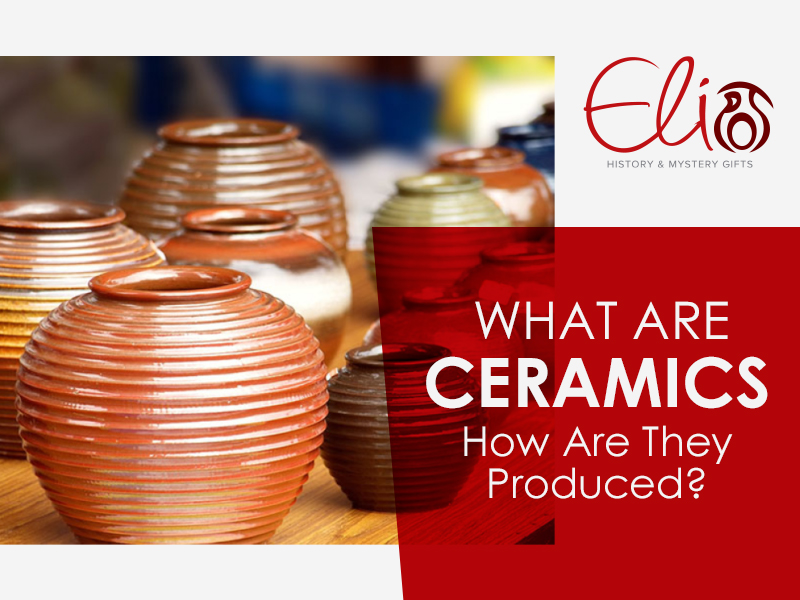Called by the phonetically identical Turkish word seramik, ceramic is a material produced by firing a non-metallic mineral, giving it the desired shape of, for example, a pot or a vase. Due to its rich history in ceramic production, Turkey is considered the land of ceramics. These traditions have been colored by the many different civilizations that evolved in the Anatolia region.
Defining Ceramics
A well-known research scientist with Industrial Research Limited, Dr. Ian Brown, explains how ceramics bear a more expansive meaning today. Traditional Turkish ceramics in Northern America are clay-based, whereas advanced ceramics are being developed from a wider range of inorganic non-metal materials.
Ceramics come from the Greek word, which means pottery. Nowadays, the term has a more expansive meaning, which includes glass, advanced ceramics, and some cement systems.
History of Ceramics
The history goes back thousands of years. However, by the 8th century, the art of pottery entered a new era of evolution, bringing ceramic making into the mainstream. Since then, the Ottomans have started taking the art of ceramic making to the next level of unparalleled beauty & magic.
How is a ceramic piece processed?
The process of ceramic making starts by creating the base. Approximately 85% of the base is made with locally sourced ground quartz. These bases are dried for 7 to 10 days and covered with a thick underglaze made of quartz and clay. After that, they are air-dried for another ten days and baked at 930 degrees.
In the next step, the geometric and floral motifs are drawn on sketching paper, perforated with a needle, and transferred to the base using charcoal dust. Then the charcoal traces are contoured with a black dye, and the designs are paired with natural metal oxide colors.
The last step, glazing, involves glazing with a thick off-white mixture of quartz, metal oxides, and soda. This final coating adds a satin finish, draws out the depth through colors, and protects the piece from the elements. The process works to make the ceramics look indestructible. After this, the piece is air-dried and kilned for 12 hours. Transformed by fire, the light colors emerge into intense, vivid hues, creating the lustrous Iznik çini.
Difference between ceramics and pottery
Not only is clay used to produce ceramics, but other materials are also used, such as glazes. On the other hand, pottery uses only clay.
Pottery is a form of ceramics. However, ceramics is an umbrella term that involves molding certain materials into something truly artistic that is both useable and ideal for decoration.
As various advanced techniques of molding are used to create ceramics, they have this smoother surface on them. On the other hand, pottery is rough due to the old technique being used to create it.
At Elipot, we have a range of ceramic items available at affordable prices. Please visit our website for high-quality items whether you want them for home décor or gift purposes.



Leave A Comment